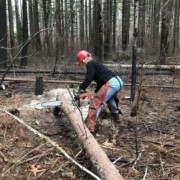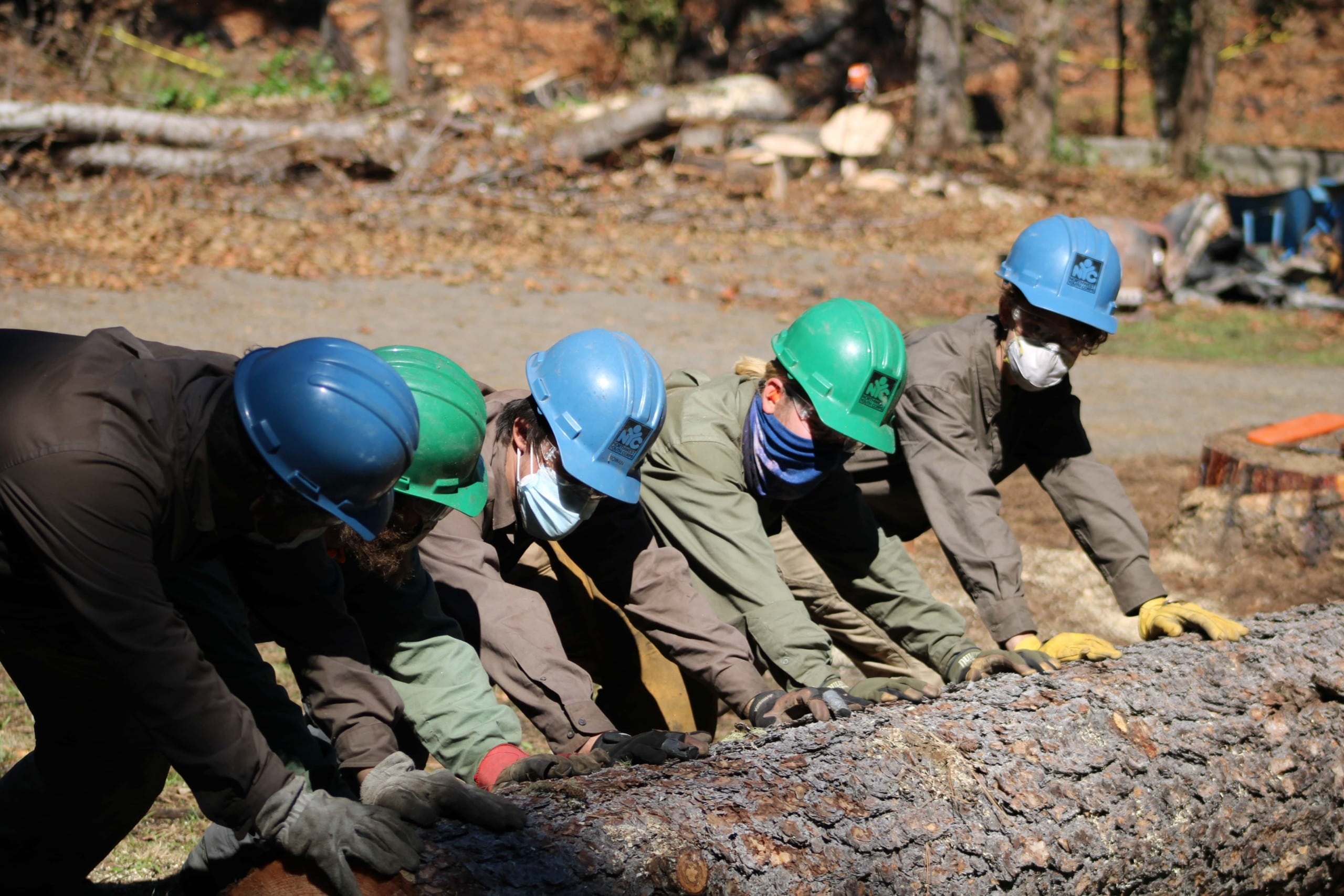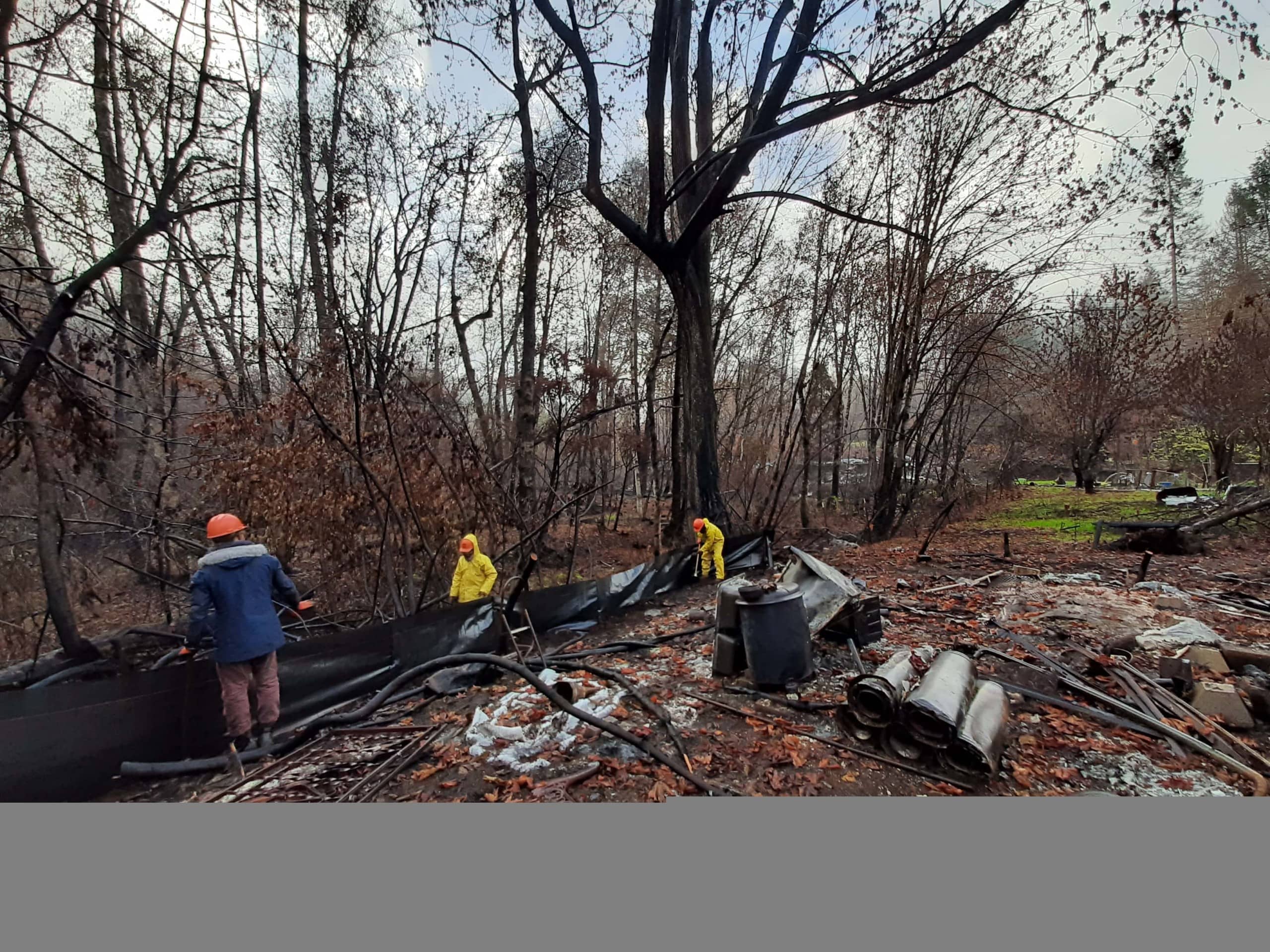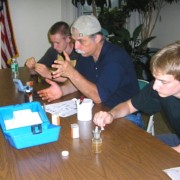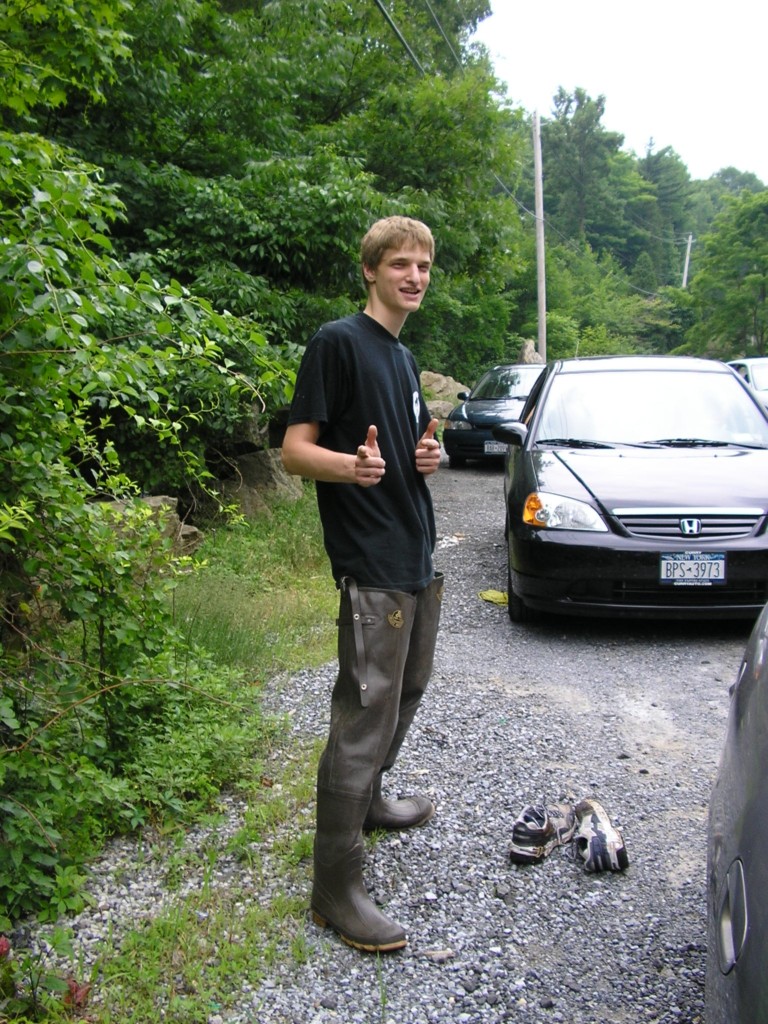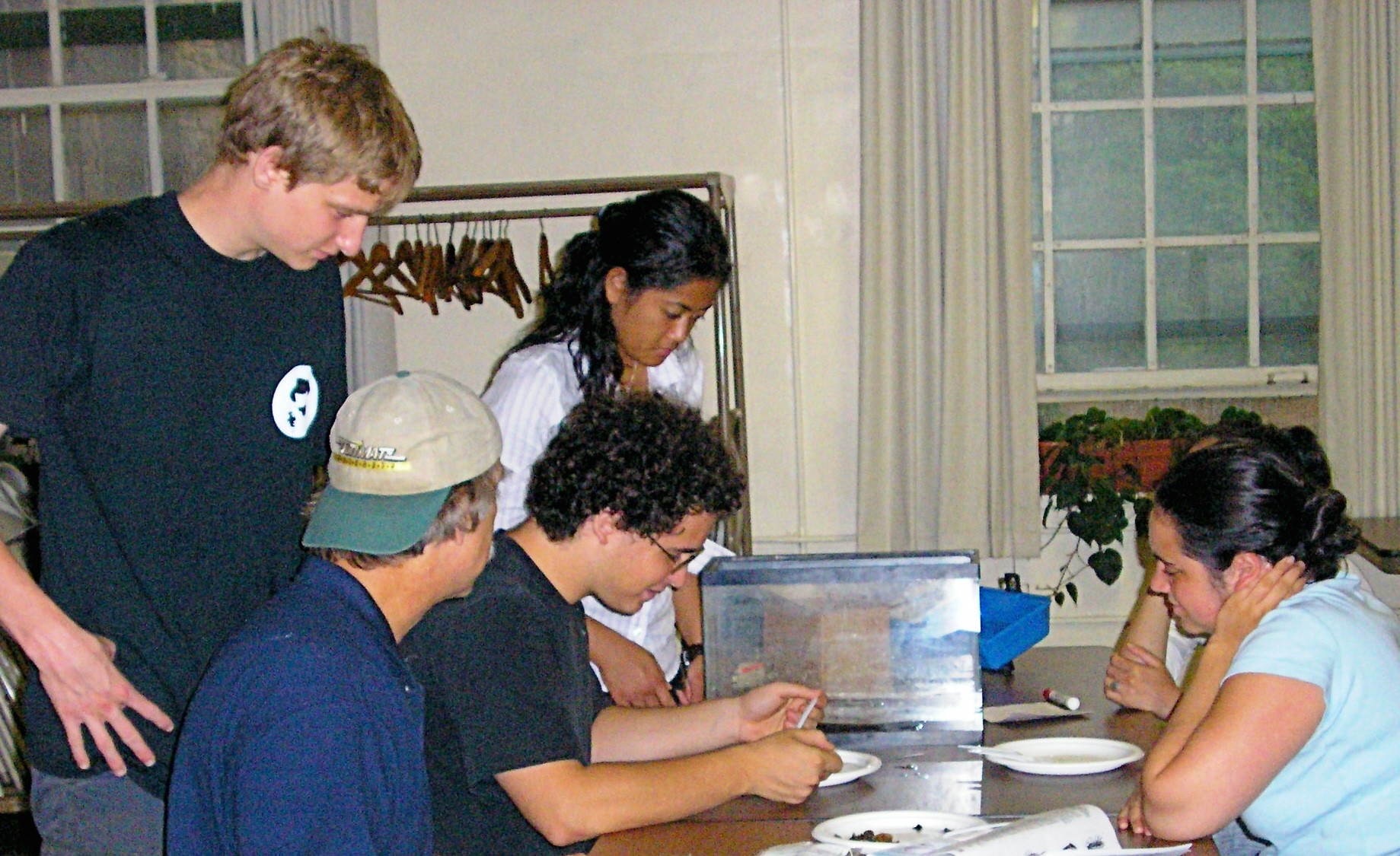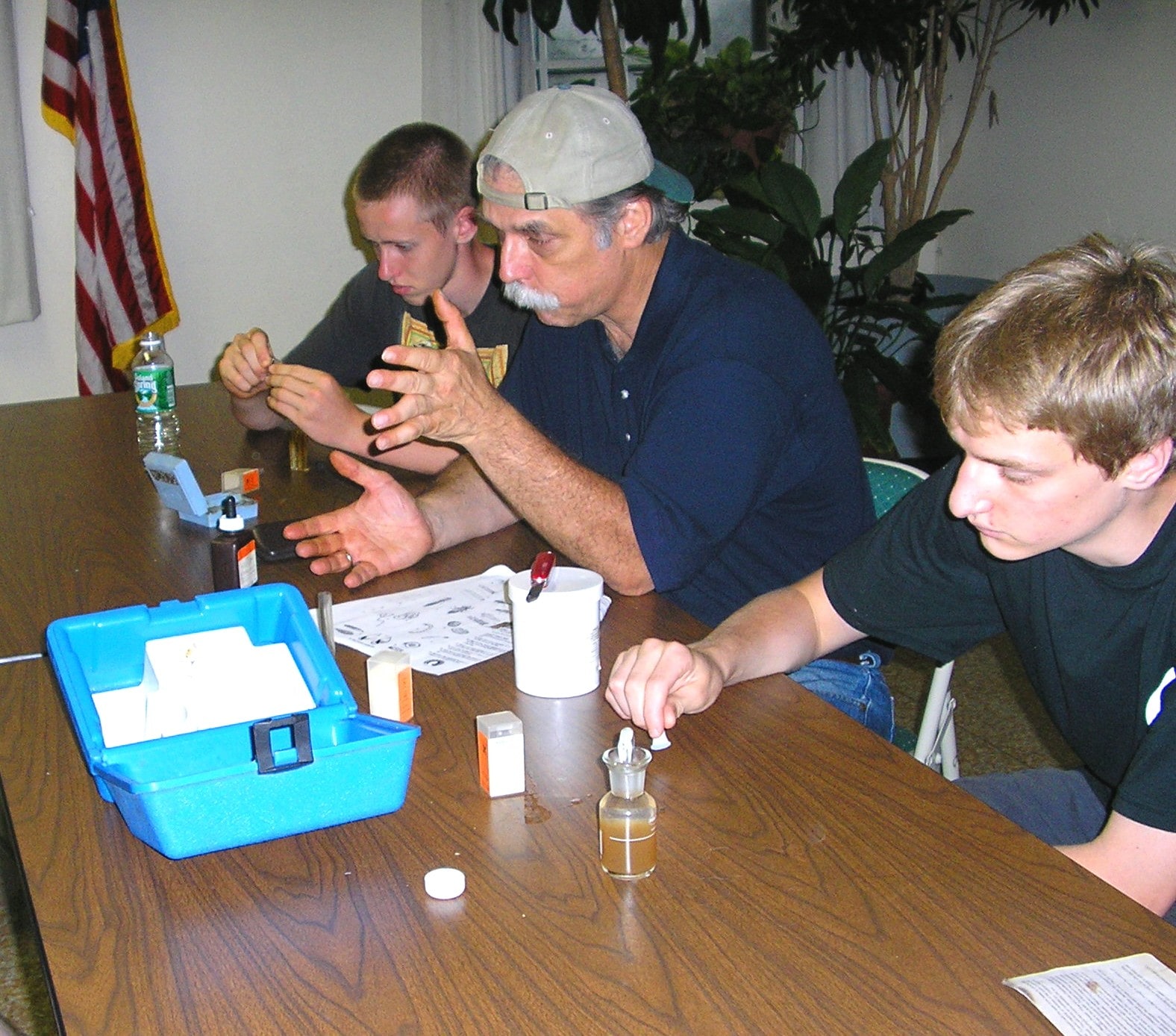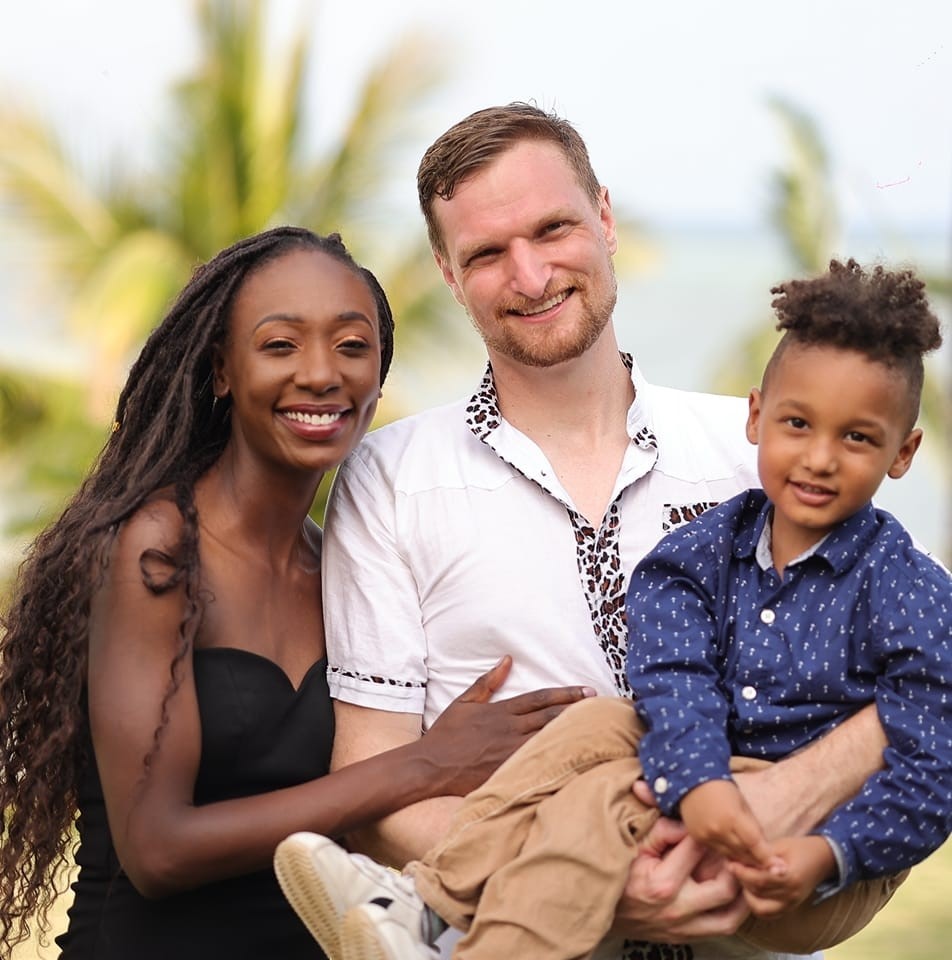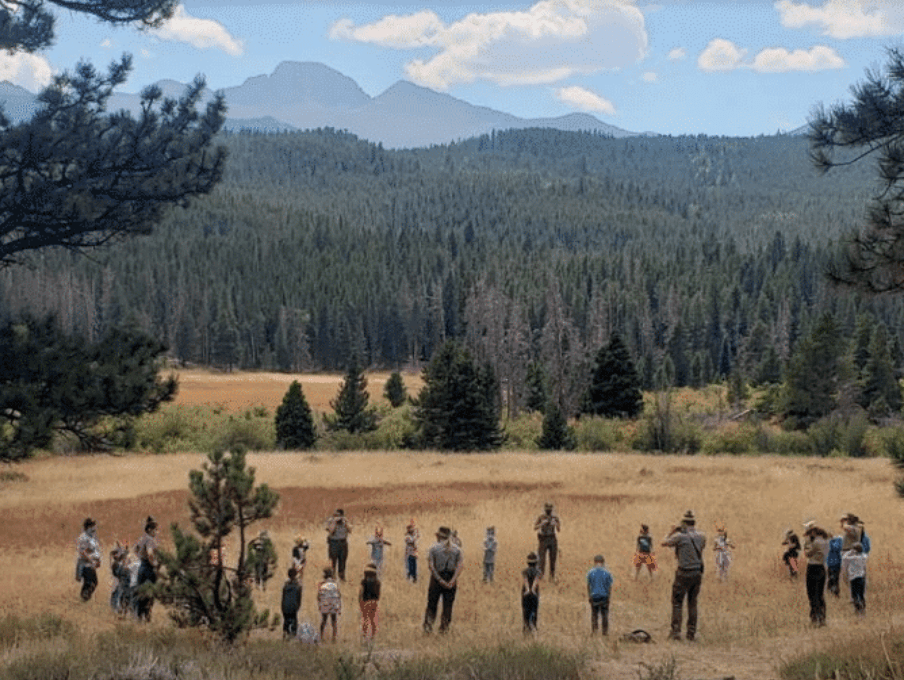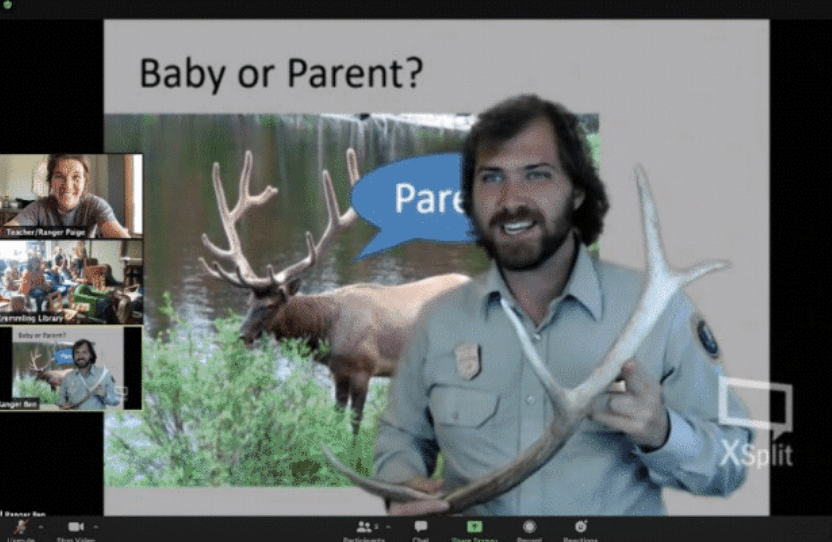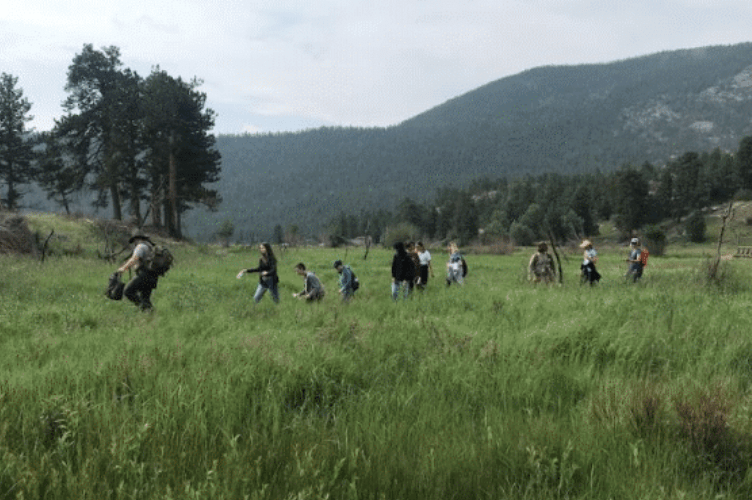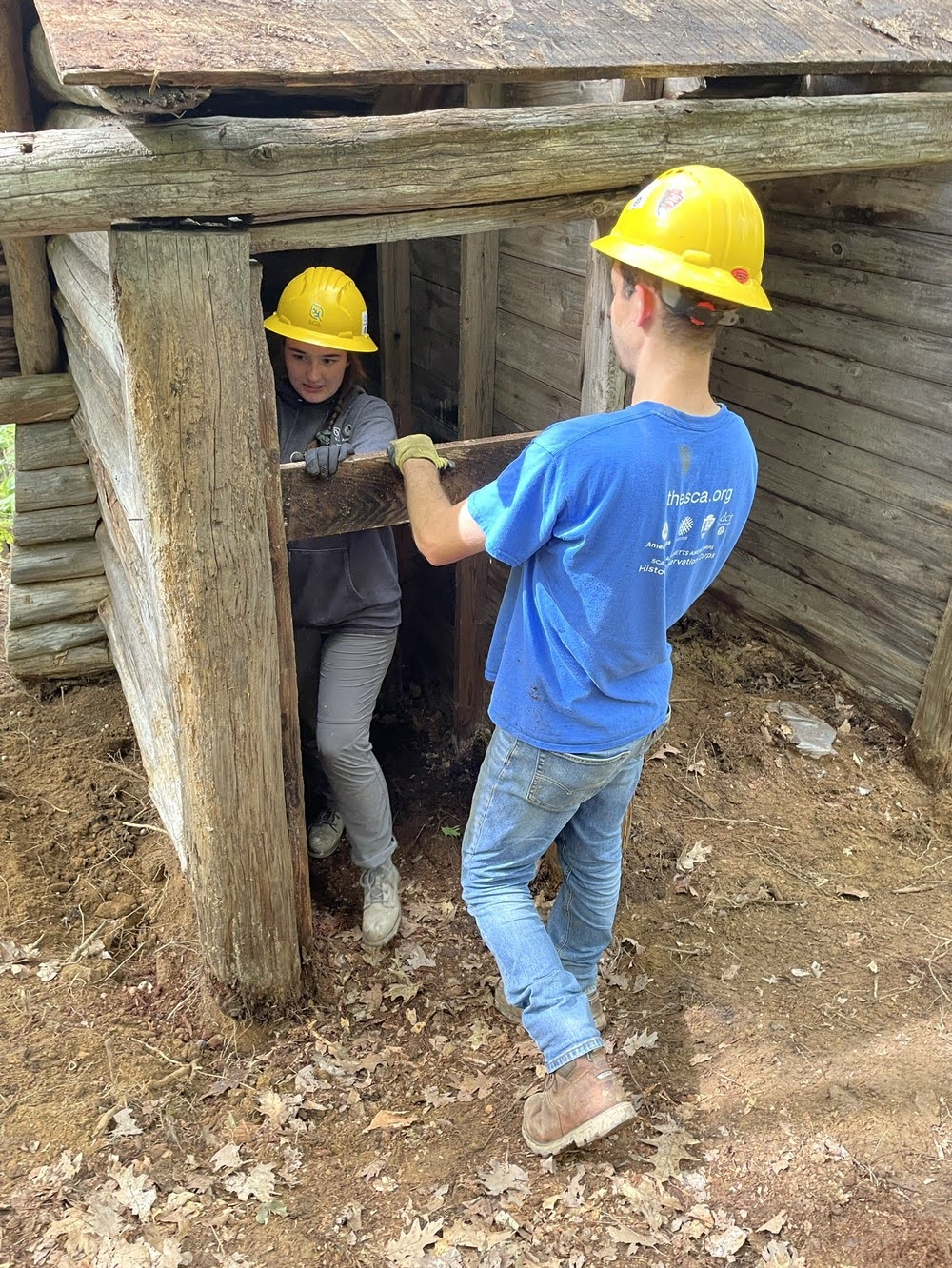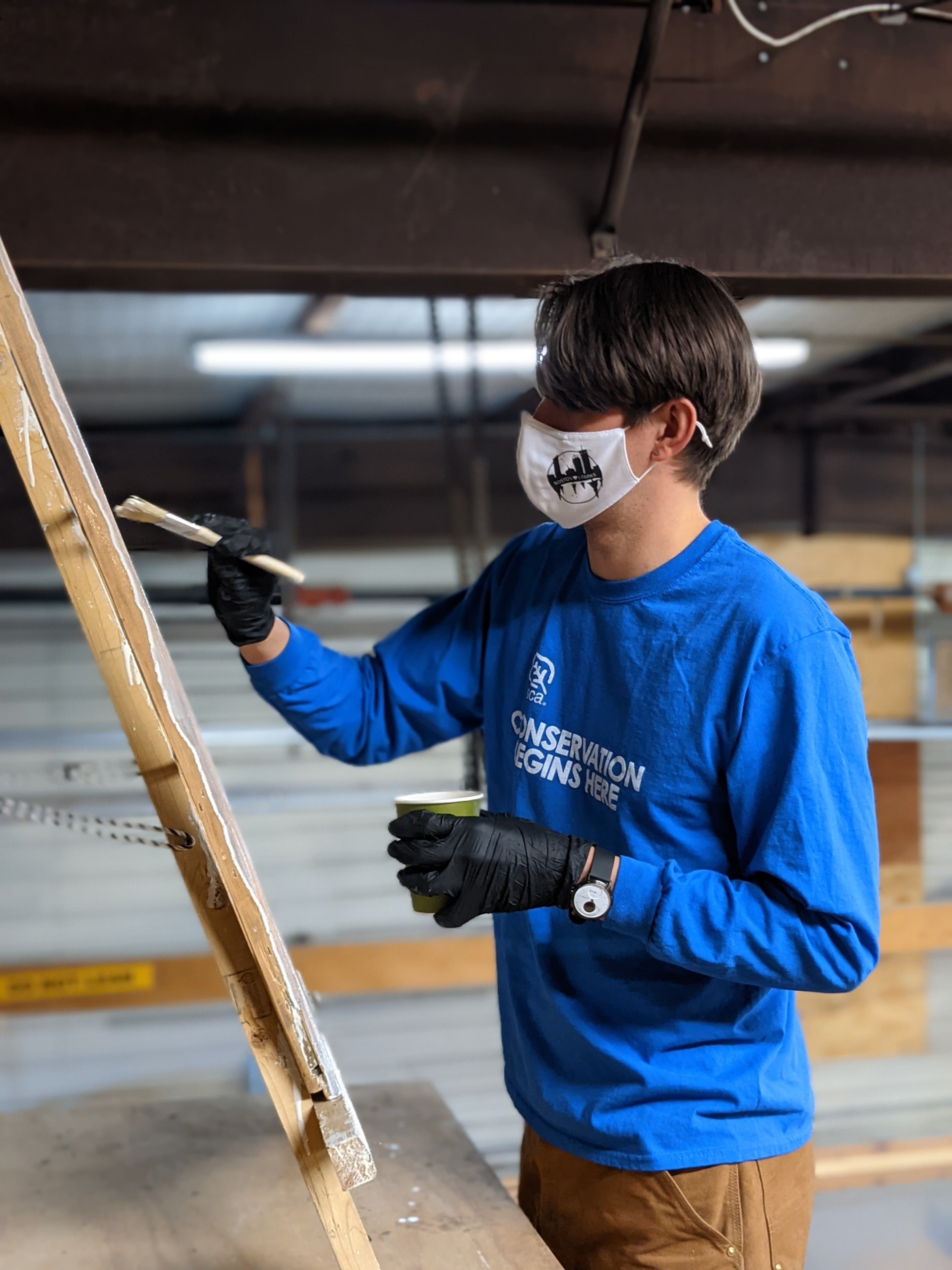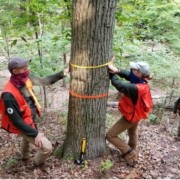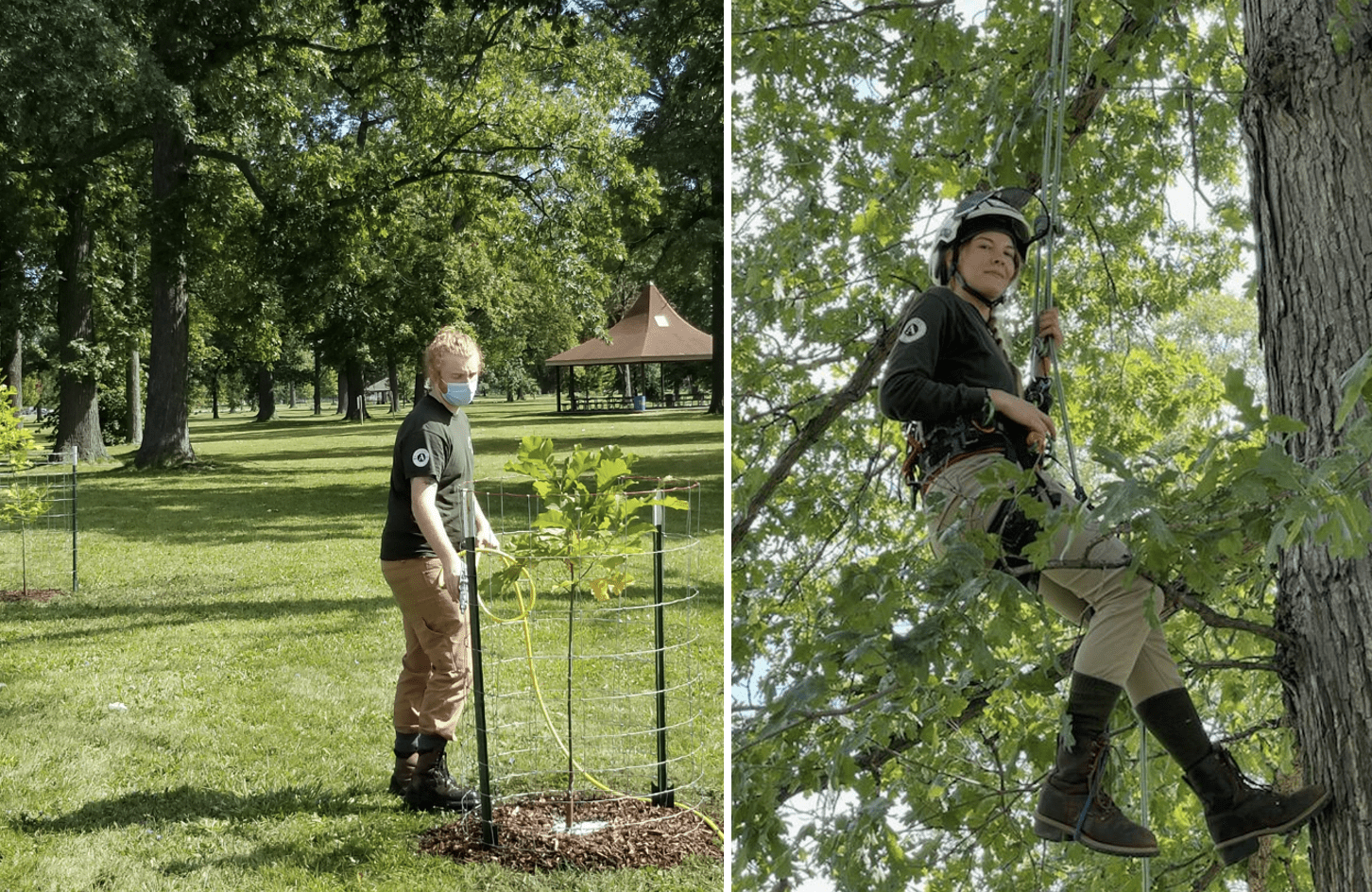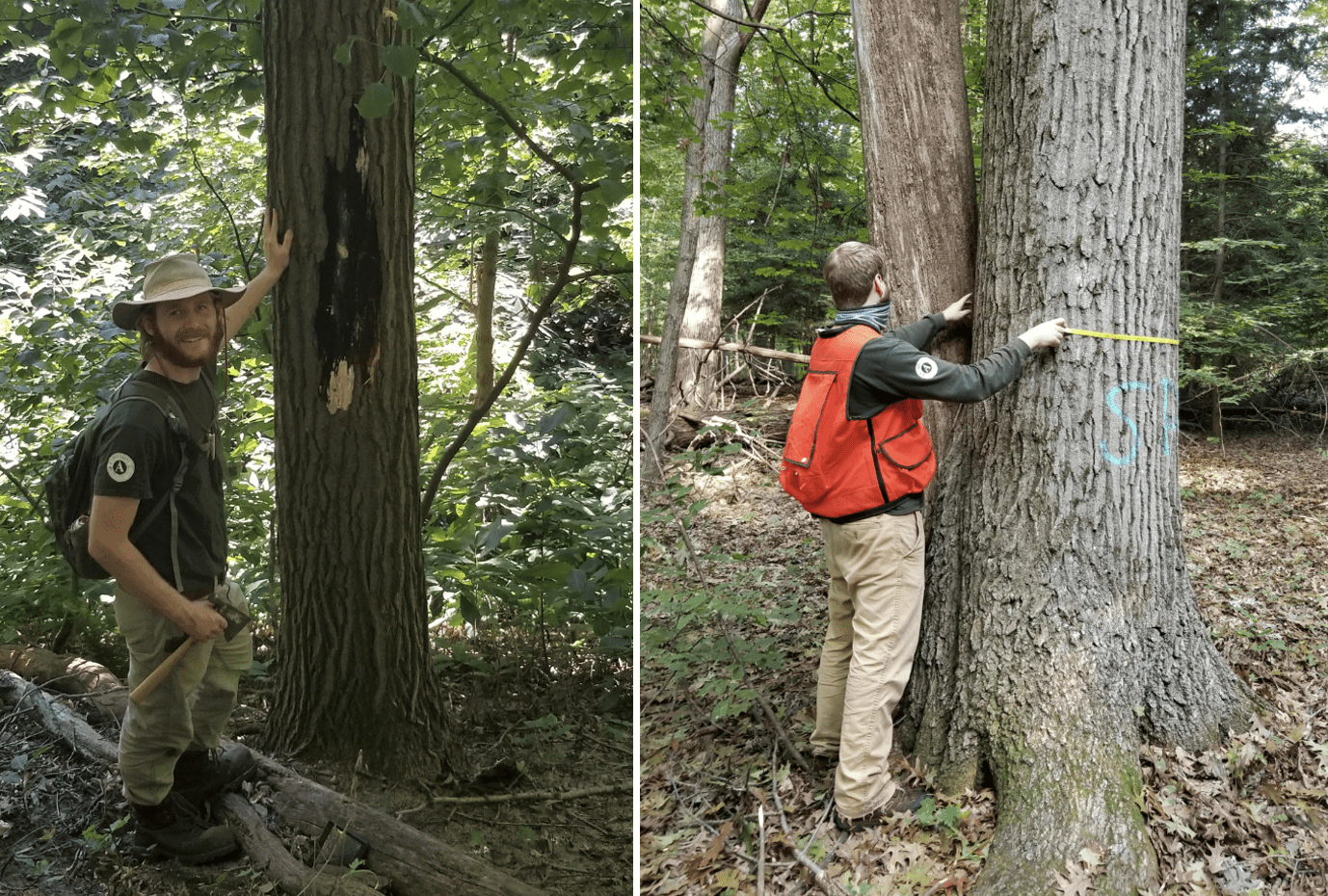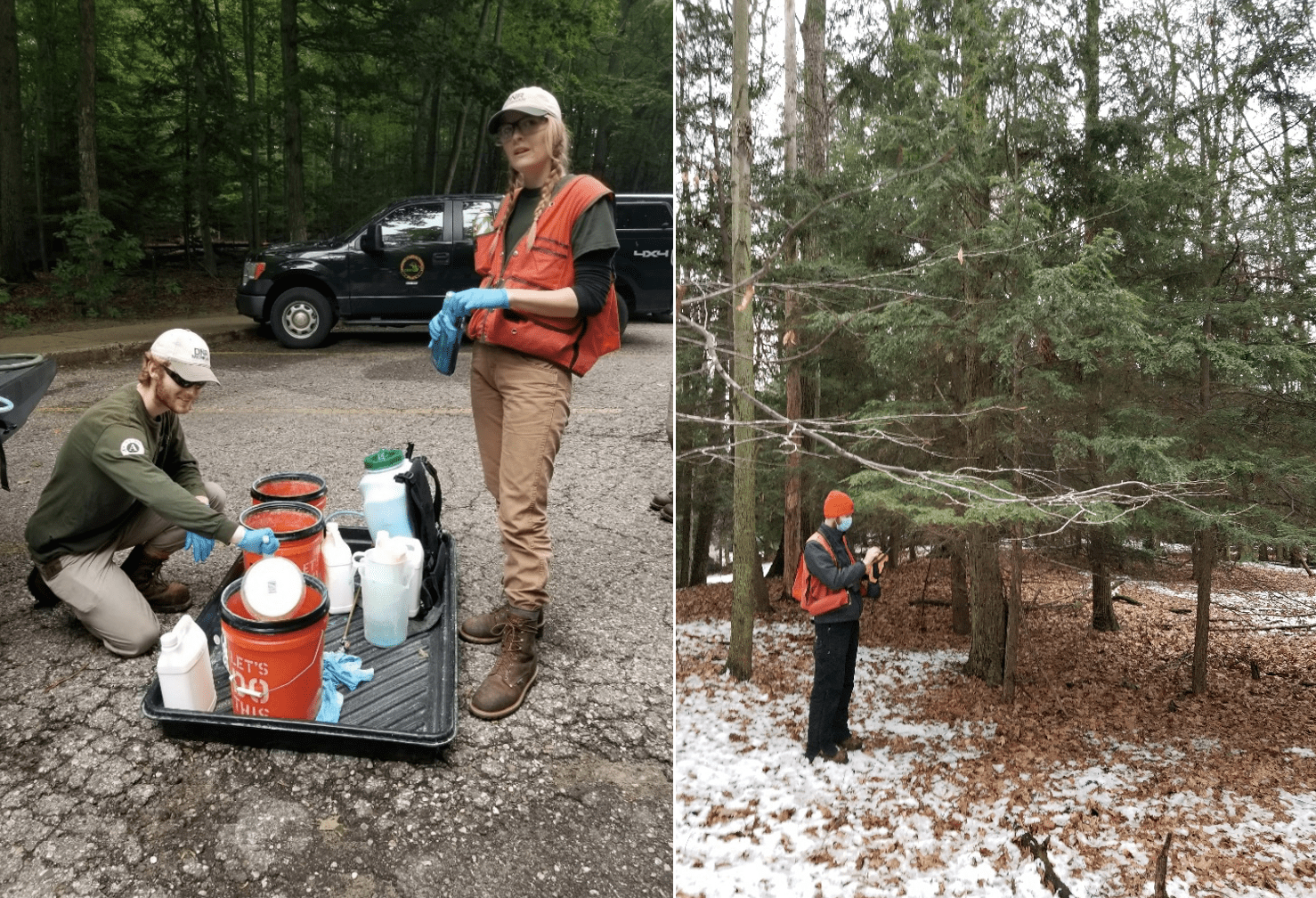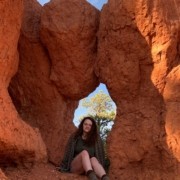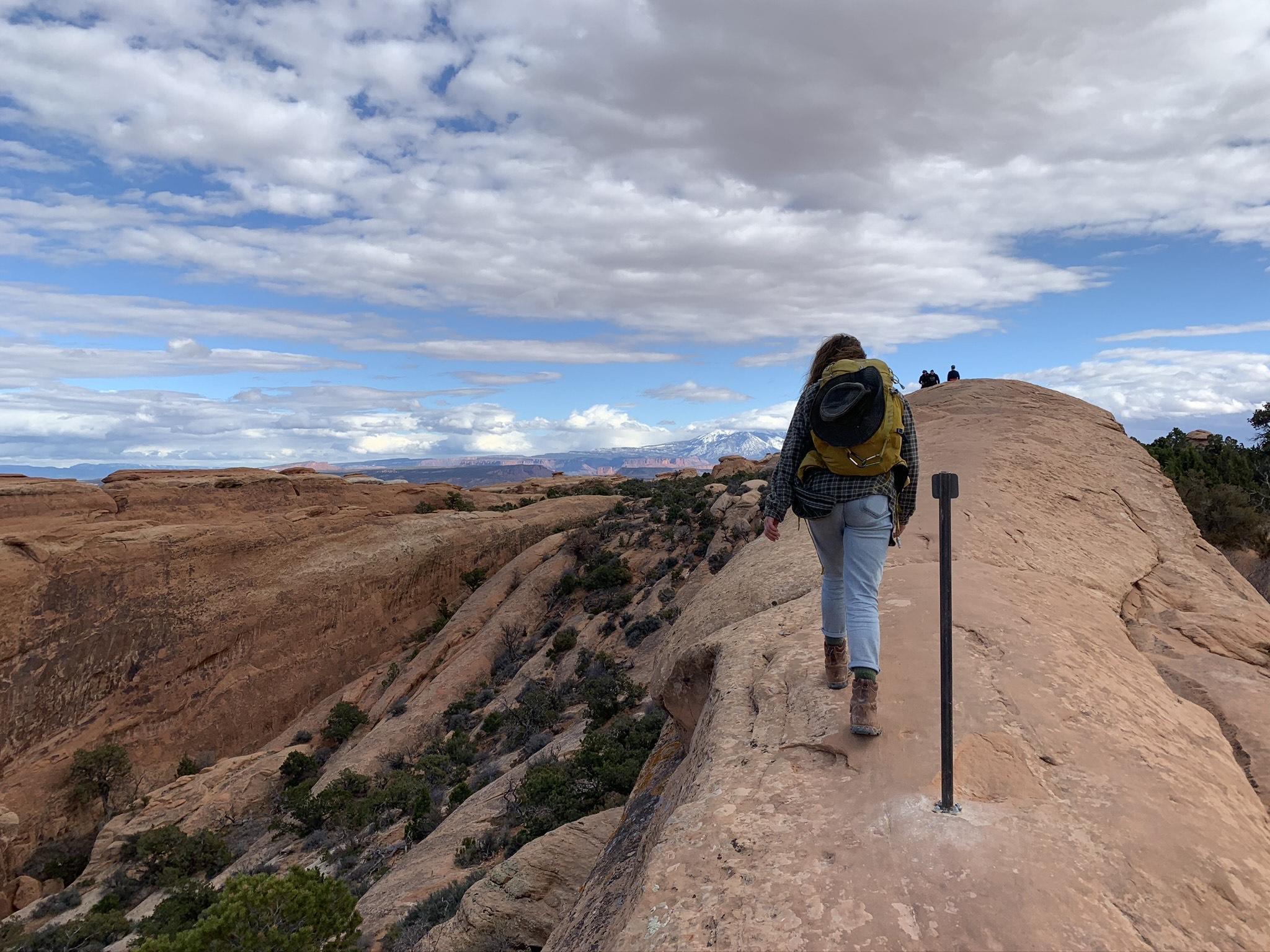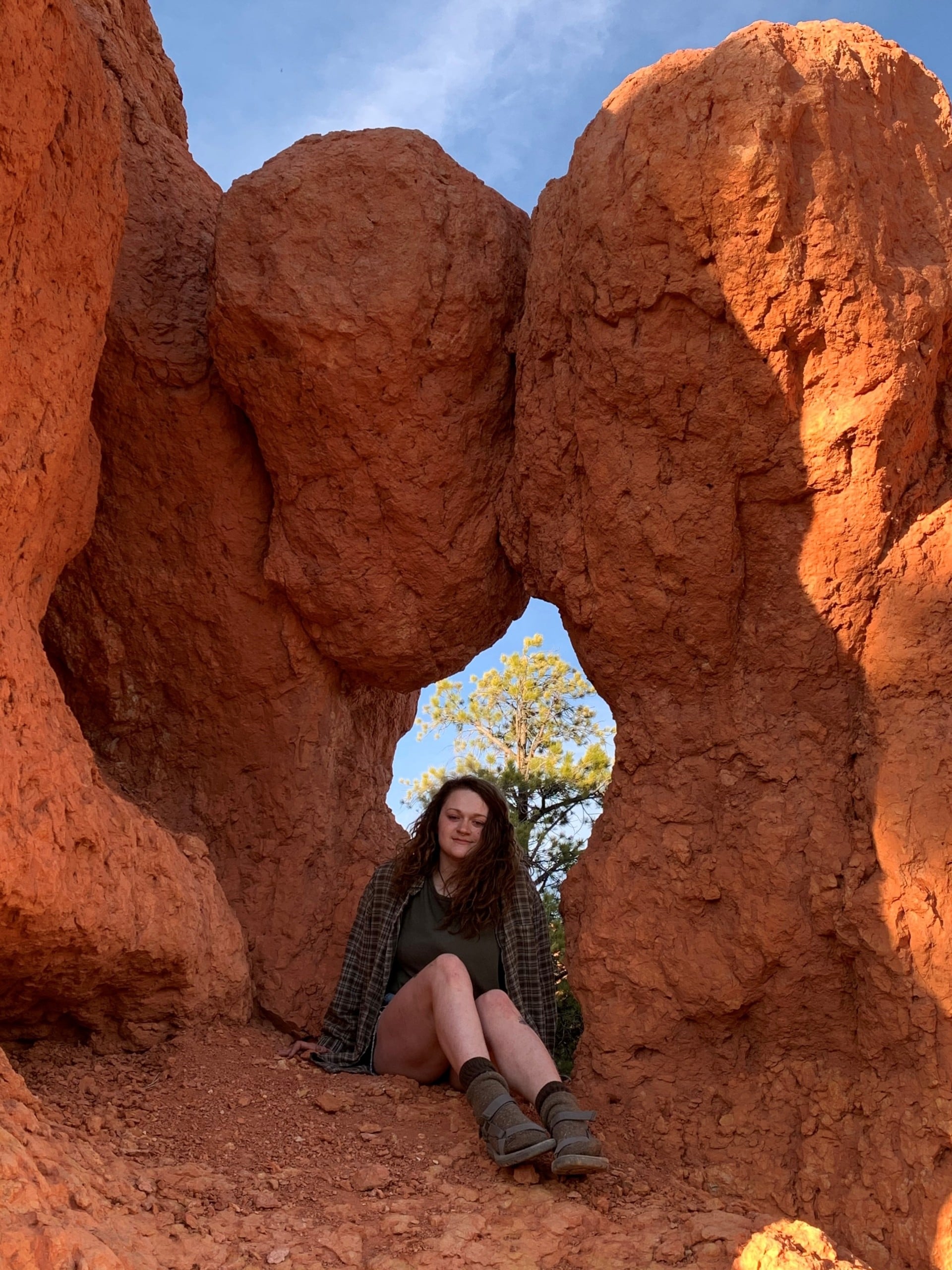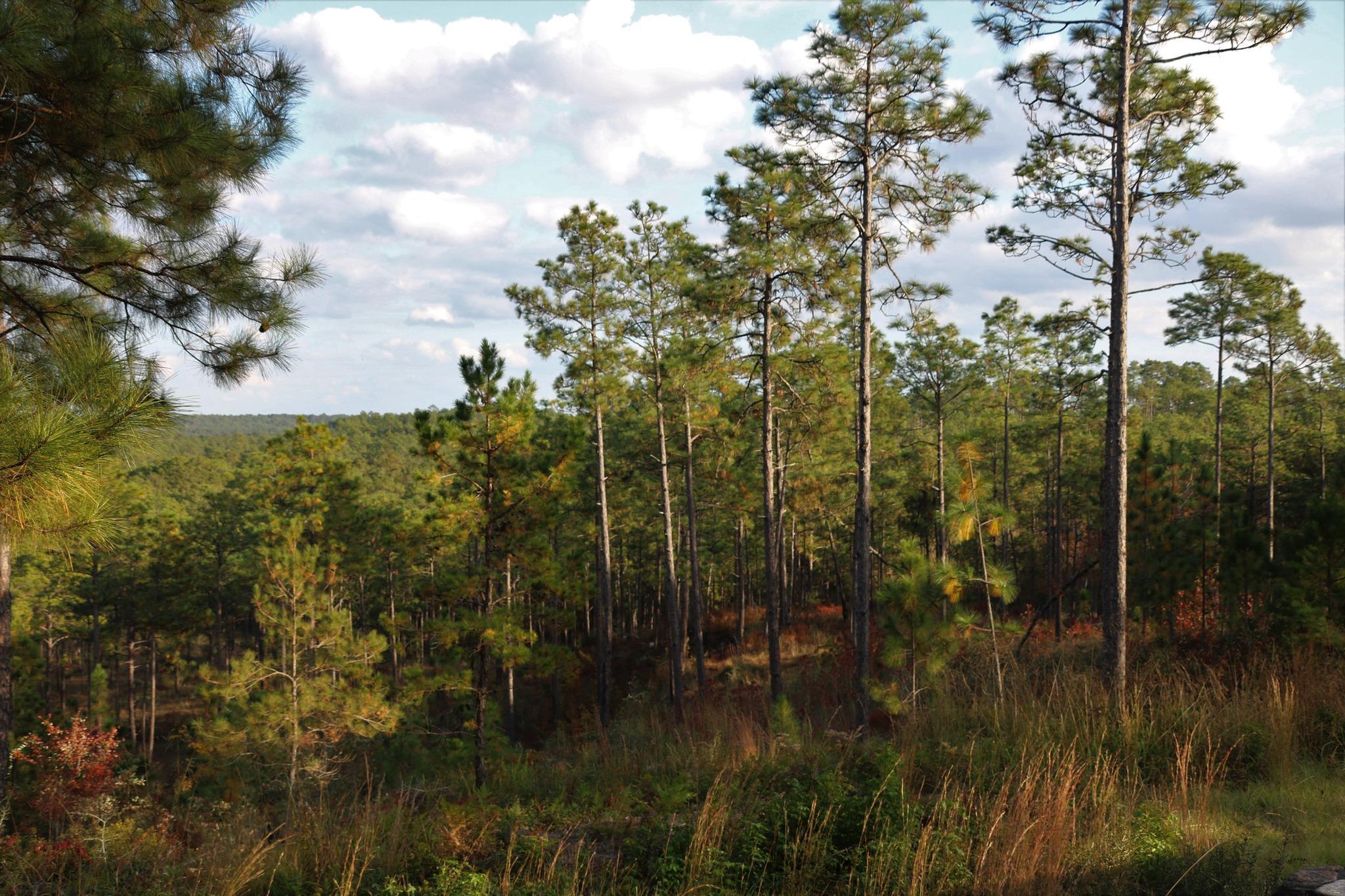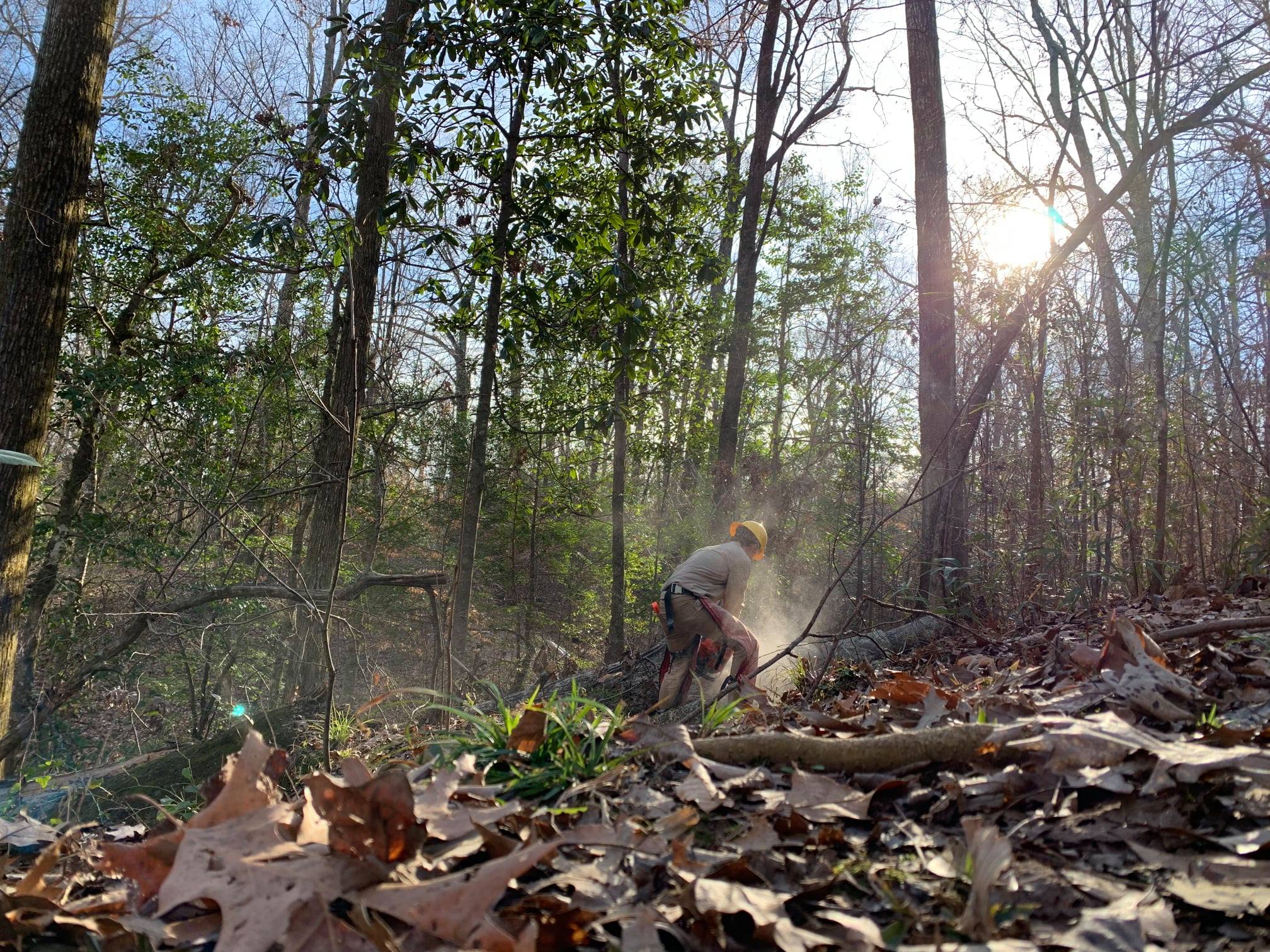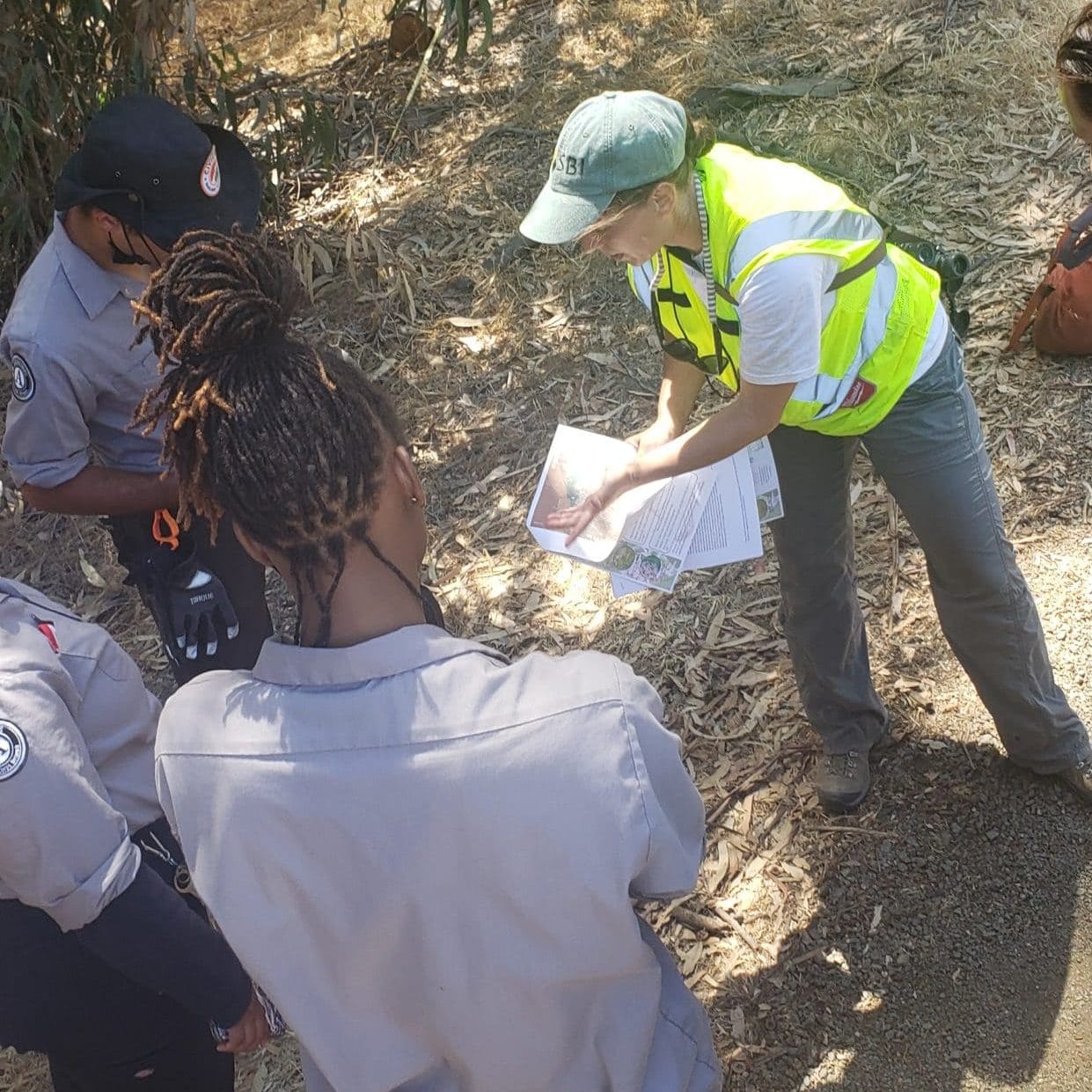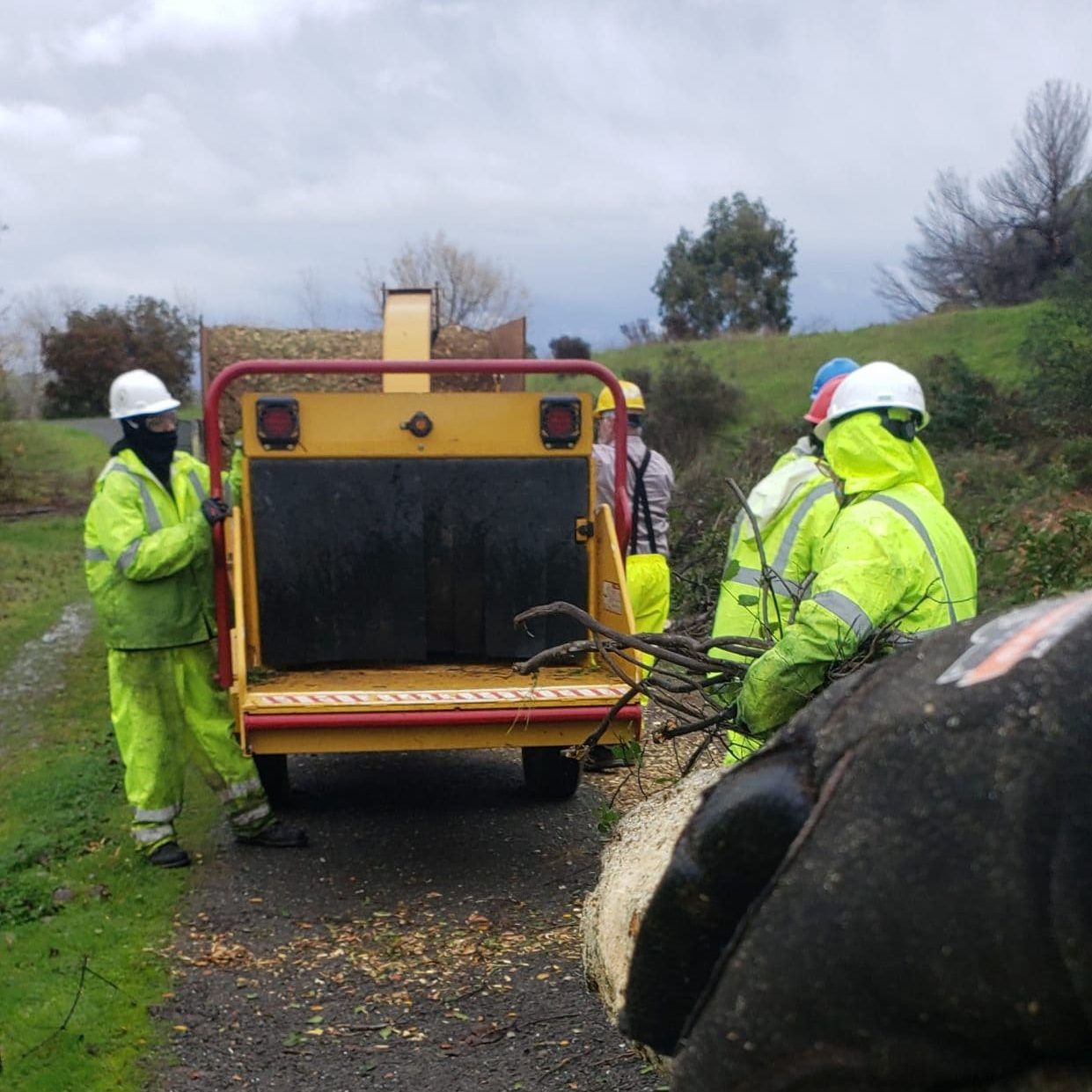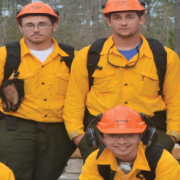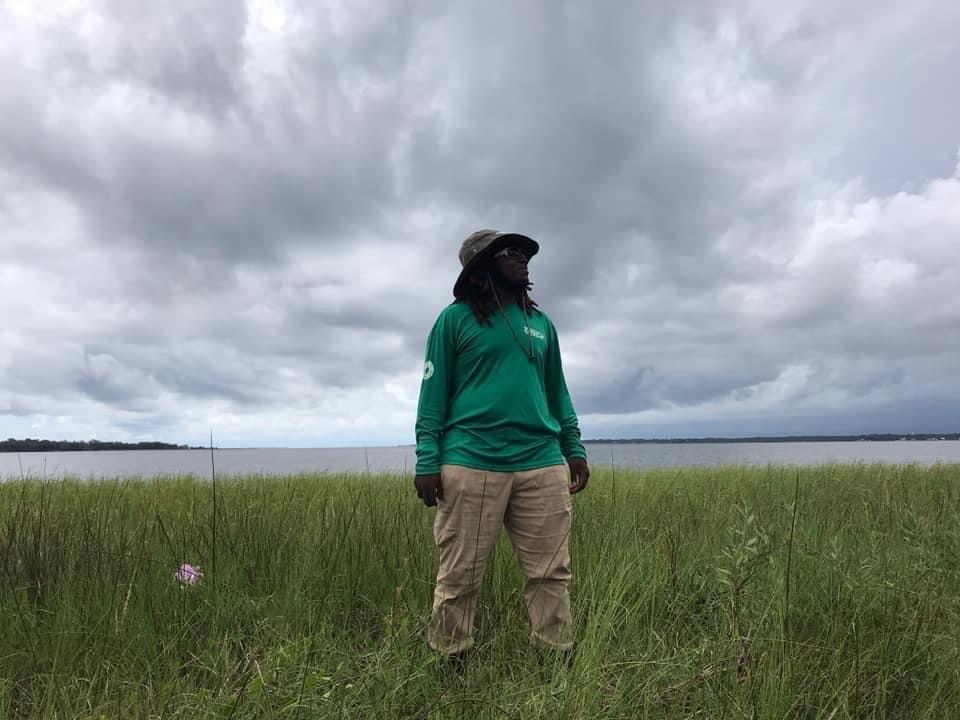Impact Story: Preserving Historic Sites and Trade Skills in the Upper Midwest with Northern Bedrock Historic Preservation Corps
During the month of May, The Corps Network is highlighting historic preservation programs at Corps. Northern Bedrock Historic Preservation Corps (NBHPC) is a Minnesota-based program supported by The Corps Network’s AmeriCorps Education Award Program.
At Northern Bedrock Historic Preservation Corps (NBHPC), an AmeriCorps program based in Duluth, MN, their work focuses on not only preserving historic structures, but maintaining the knowledge around historic preservation trade skills.
Every year, from May – October, Northern Bedrock engages young adults ages 18-25 in preservation projects across Minnesota and Wisconsin. While the only main requirement is that participants have a high school diploma or GED, many Corpsmembers join NBHPC in hopes of rounding out their college or graduate-level studies in history.
“We’re often that bridge between academia and the workforce,” said Beatrice Dornfeld, Program Manager and a Northern Bedrock alumna. “Our Corpsmembers almost always cite significant interest in history, but they don’t have a lot of hands-on experience; we usually have applicants that are more used to the academic side of things. They have a real fondness for visiting historic places and are eager to get their hands dirty and try out the preservation skills themselves.”
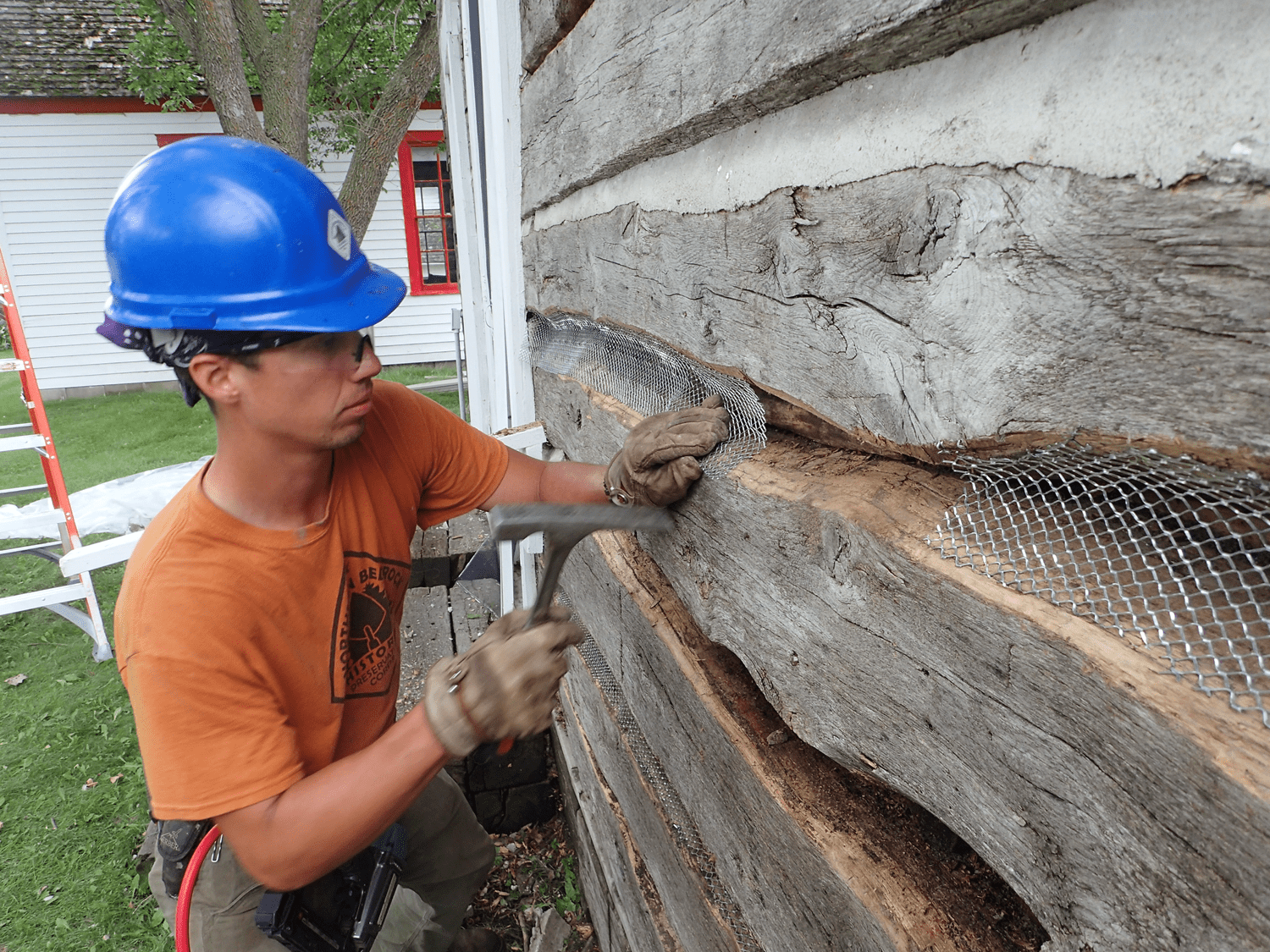
NBHPC’s projects are typically collaborations with the U.S. Forest Service, the National Park Service, or a county historical society. The work varies from season to season, but common projects include cemetery restoration, scraping and painting, window restoration, masonry restoration, and log structure maintenance. Occasionally the Corps assists with documentation of artifacts or historic buildings.
“We do a lot of scraping and painting. It might seem easy and simple, but it’s also very impactful for the building that gets painted. Really one of the easiest ways to preserve a building is to keep up on the painting,” said Sadie Young, Project Manager.
To list just a few accomplishments from 2021, NBHPC members applied over 20,000 square feet of finish, replaced more than 6,800 square feet of roofing, repointed over 1,700 square feet of masonry, installed 900 square feet of flooring, reset 85 monuments, and restored 42 windows.
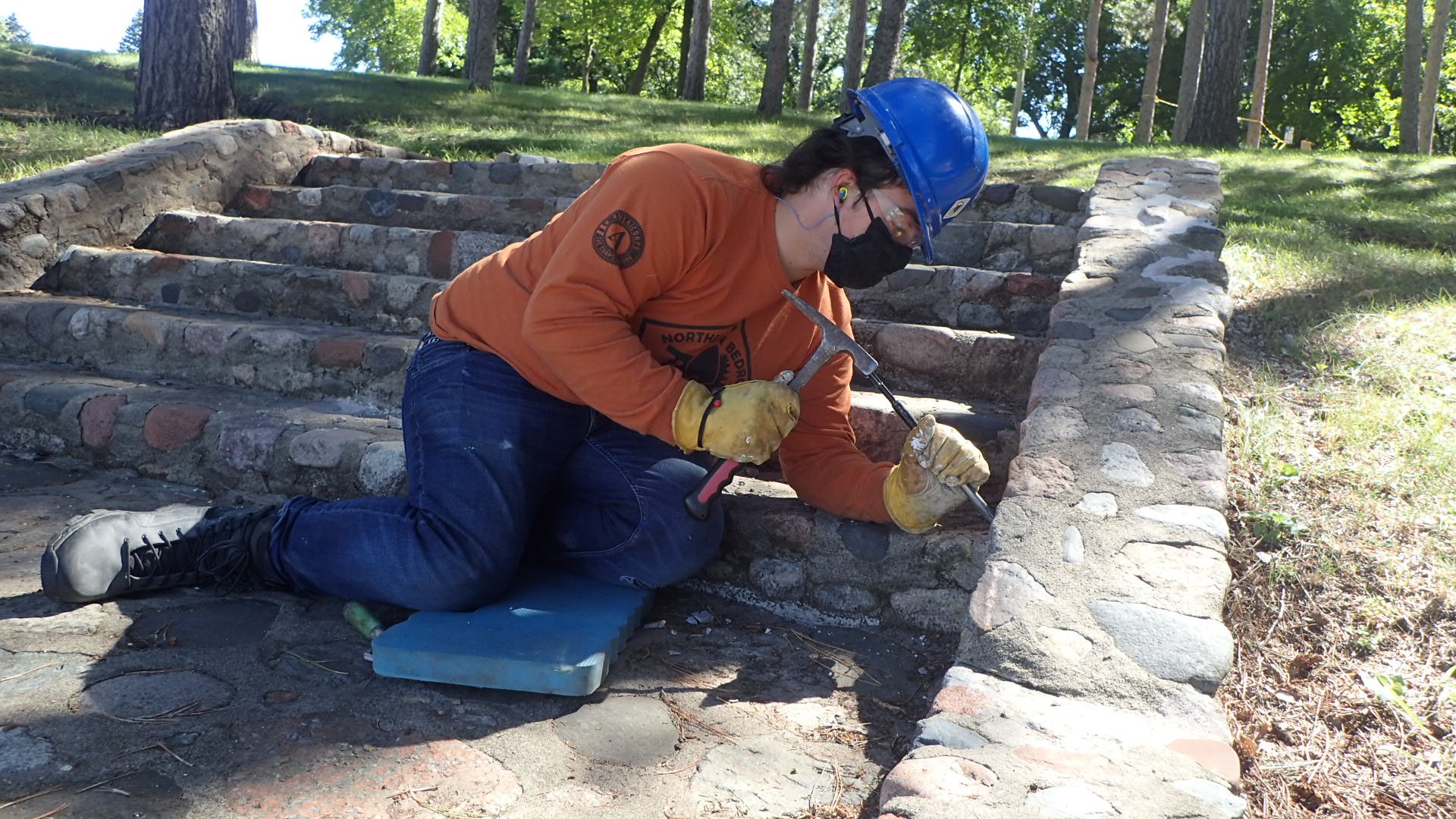
OLYMPUS DIGITAL CAMERA
Beyond practicing technical skills, Corpsmembers also practice communal living. NBHPC follows a camping model in which members have nine days on and five days off. The experience of living and working together can be a particularly meaningful aspect of a term of service.
“Corpsmembers learn the value of team-building, communication, goal-setting, and effective conflict resolution,” said Sadie.
This current field season includes a project in rural Kittson County in Northwestern Minnesota that will involve fully replacing logs on a cabin built by Swedish settlers. The Corps has extensive experience with “chinking and daubing” – the process of filling the spaces between logs with a mortar-like substance – but entirely replacing logs will be a new experience. They are partnering with a specialist from Utah to provide technical assistance.
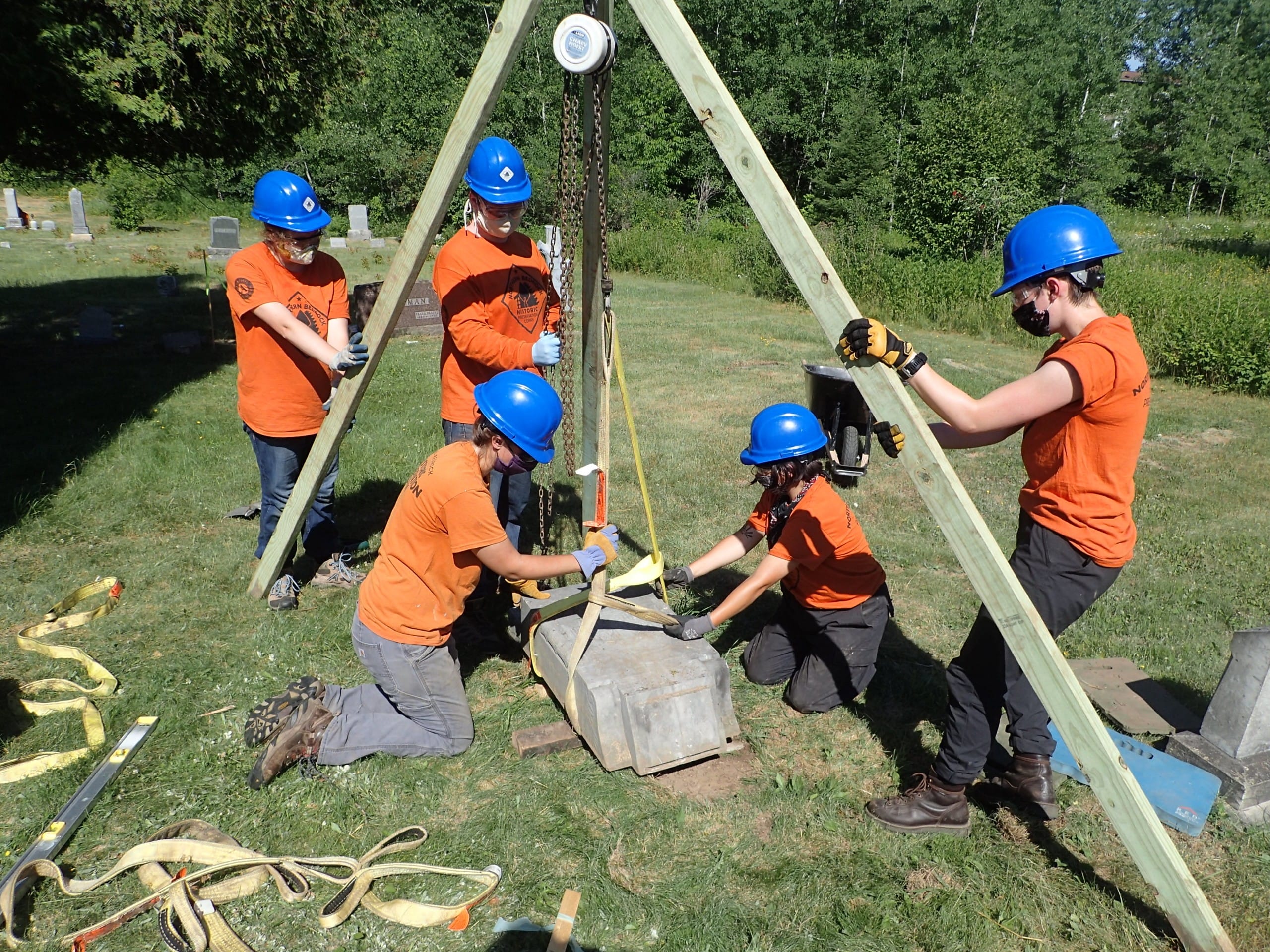
NBHPC has in-house knowledge to teach many technical skills, but a lot of the training Corpsmembers receive is provided by project hosts. An important element of the Corps experience is also learning the significance of the sites where they serve.
“We work with one instructor in particular who typically doesn’t use any power tools,” said Beatrice. “People are used to power drills, but with rural sites it’s not always a feasible option. He’s a great resource to explain ‘these are the tools that would’ve been used at the time,’ and ‘this is how this door might have been built back in the 1800s with this hand plane.’ The Corpsmembers get a good experience learning about the history of the skills themselves.”
NBHPC is committed to keeping trade skills alive and relevant. The Corps provides a unique opportunity for experienced craftspeople to transfer knowledge to students and young professionals.
“A big part of why Corpsmembers are interested in this program is the networking,” said Beatrice. “A lot of people with trades experience are getting to retirement age. For our project hosts, it’s really helpful for them to see young people engaged in these trades…There seems to be a false narrative around younger people not being interested in hands-on work. I think for a lot of people it just hasn’t been offered as an option. We’re kind of changing that framework to say anyone can go into the trades. These are great career paths.”
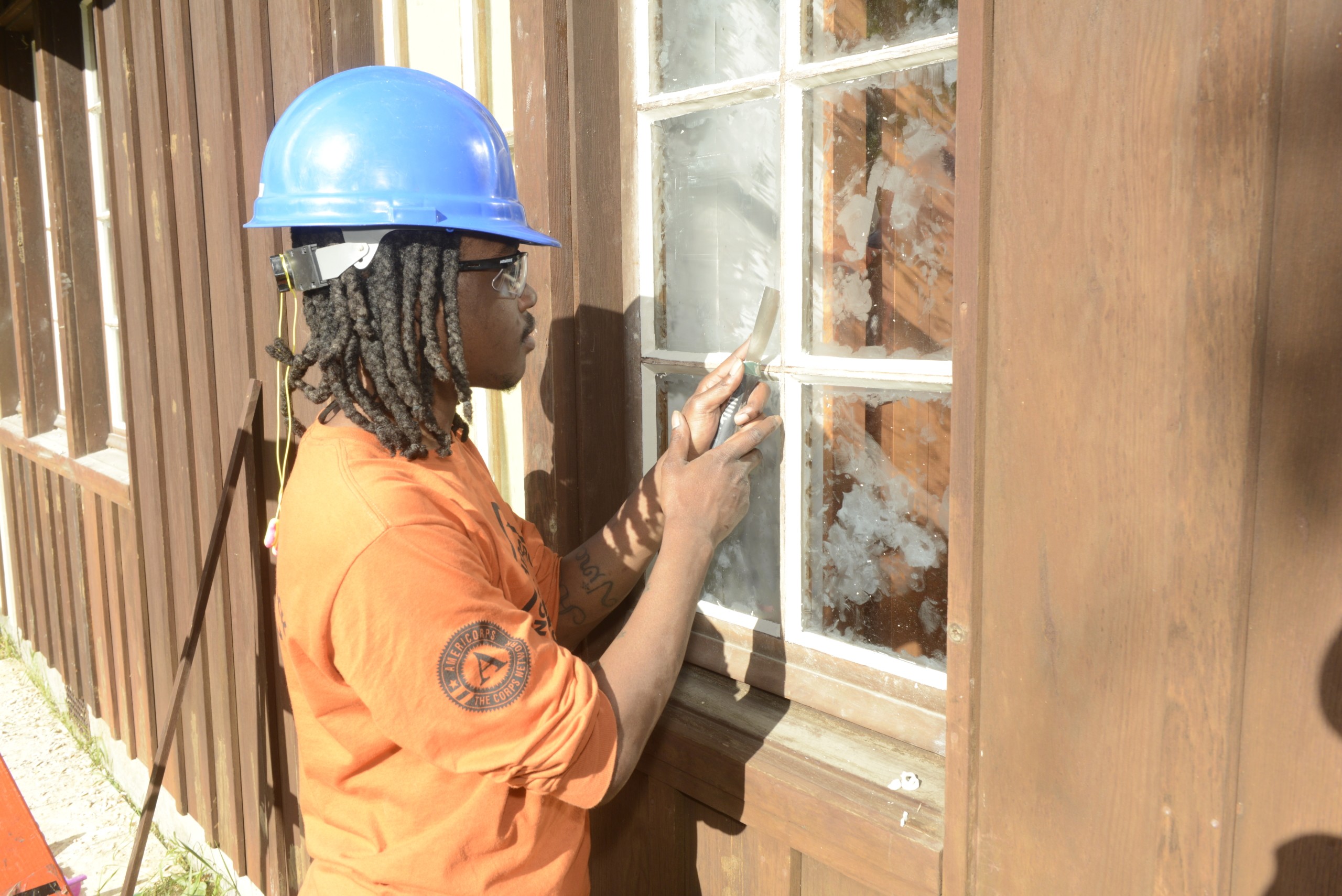
Some alums have translated their Corps experience into apprenticeships, while some have pursued jobs in outdoor guiding, window restoration, masonry, archaeology, cultural resource management, and other fields associated with preservation and conservation. As Beatrice noted, environmental sustainability is an important element of their work.
“We often say that the most green or eco-friendly building is the one that’s already built. In this era of seeing a lot of new buildings coming up, it is nice to reaffirm that we can work with the buildings we already have.”
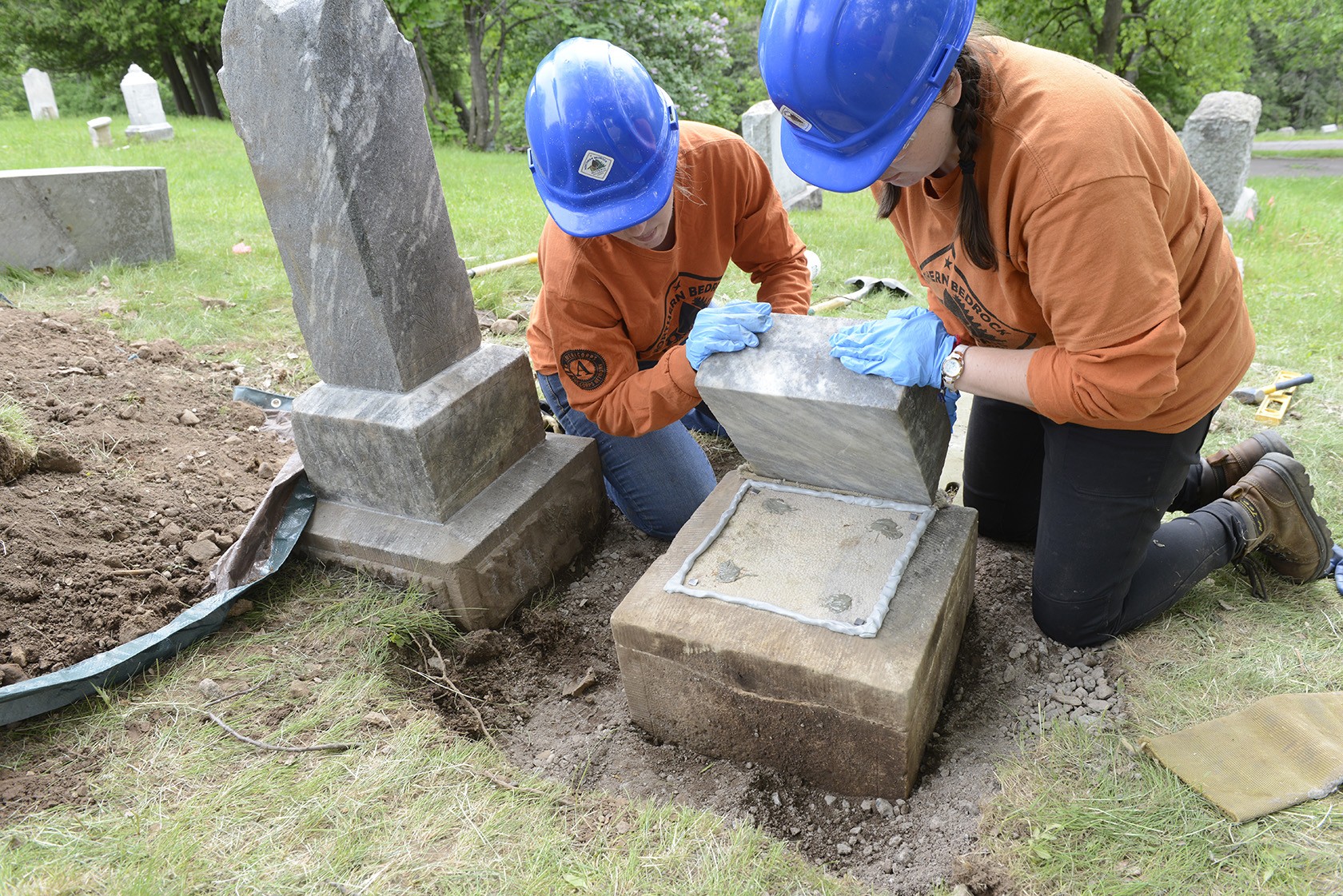
Among other locations, this year’s AmeriCorps members will serve at Chequamegon-Nicolet National Forest, Superior National Forest, Chippewa National Forest, Voyageurs National Park, and Grand Portage National Monument. The projects include log structure restoration, roofing, painting, cemetery preservation, and more.
“We fill a hole where there’s a historic site that may not have the money or staff required to do the preservation. That’s where we can come in,” said Sadie. “We can make it to sites that are difficult for contractors to make it to, like in the middle of the Boundary Waters. And we can do it fairly affordably for the host. These projects benefit the Corpsmembers because they’re getting a chance to learn, but it benefits the host in that the site might not have gotten the attention that it needed without our crews available.”


